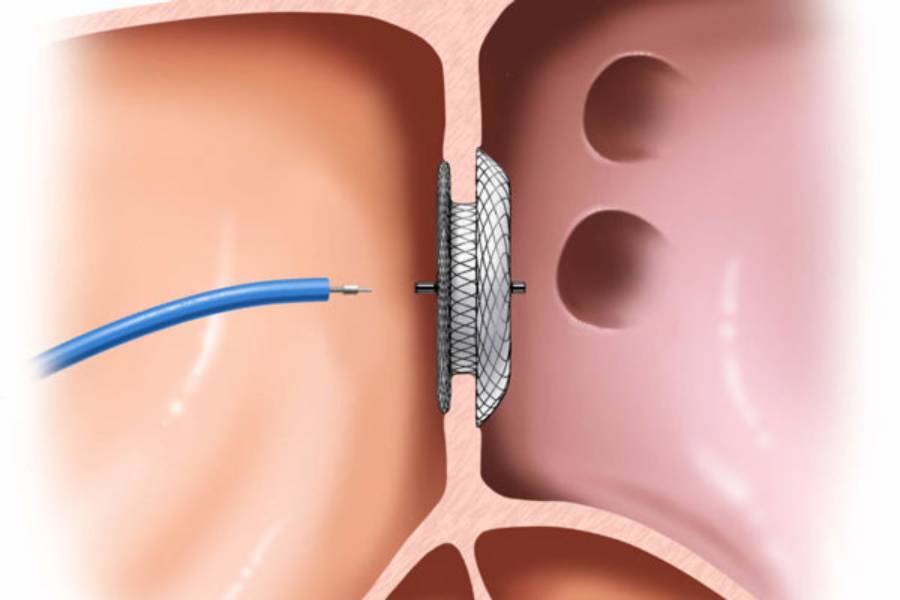The percutaneous closure procedure is a treatment option that can be used to repair abnormal openings in the heart. It can also be used to repair gaps around prosthetic valves that result after surgery. This minimally invasive procedure involves carrying a repairing device through a vein in the leg up to the heart.
What is ASD, VSD and PDA?
Arterial Septal Defects (ASD) and Ventricular Septal Defects (VSD) are heart abnormalities generally present from birth (congenital heart defects). These are abnormal openings in the heart that didn’t close during development or after birth.
Patent Ductus Arteriosus (PDA) – It is an abnormal connection between two major arteries of the heart named Aorta and Pulmonary artery.

Depending on the size of the opening, it is not uncommon for these conditions to go for many years or decades without being noticed. However, in some cases, they can cause stress on the heart and result in symptoms such as breathlessness, stroke, or abnormal heart enlargement.
Percutaneous closure or Device closure procedure
The device closure procedure is done to repair ASD, VSD and PDA conditions. It is performed using a special closure device.
The device is folded or attached on to a special catheter, similar to the catheter used during your catheterization. The catheter is inserted into a vein in the leg and advanced into the heart and through the defect.
The device is slowly pushed out of the catheter allowing each side of the device to open up and cover each side of the hole (like a sandwich), closing the hole or defect. When the device is in proper position, it is released from the special catheter. Over time, heart tissue grows over the implant, becoming part of the heart.
Repair devices may look slightly different, depending on the type of closure being performed. Most are made of titanium nickel alloy. While the devices have slight variations, the closure procedure is the same.
How it is performed?
Dhananjay Ware has expertise in performing the device closure procedure. Before the surgery starts, a patient is administered IV and intravenous medicines are started. The person has leads attached to his chest for ECG.
The person’s groin/arm area is cleaned and a plastic thin tube called a catheter will be inserted through that area. Meanwhile, the patient is given sedatives for relaxation purposes and local anesthesia, but they will be awake and conscious throughout the procedure.
After the size of the hole is determined, a special catheter is administered in the arteries which carry a small metallic mesh-like closing device.
This device is then fitted in the hole and then released by the catheter. This catheter is then taken out, and eventually, heart tissue develops on the closure device, thus making it a part of the heart itself.
What is the cost of Device closure in Ahmednagar ?
The average cost of the device closure procedure in Ahmednagar ranges from Rs. 3 Lac to 5 Lacs. It may vary on the basis of hospitals, cardiologist team, an instrument used, and the patient’s health condition.
How to book an appointment?
Dr. Dhananjay Ware provides the best treatment for various heart diseases in Ahmednagar. For more information about our comprehensive treatment options, or to request an appointment with the best cardiologist in Ahmednagar call 96576 13635 or Click on Book Appointment for online booking with your near hospital.
